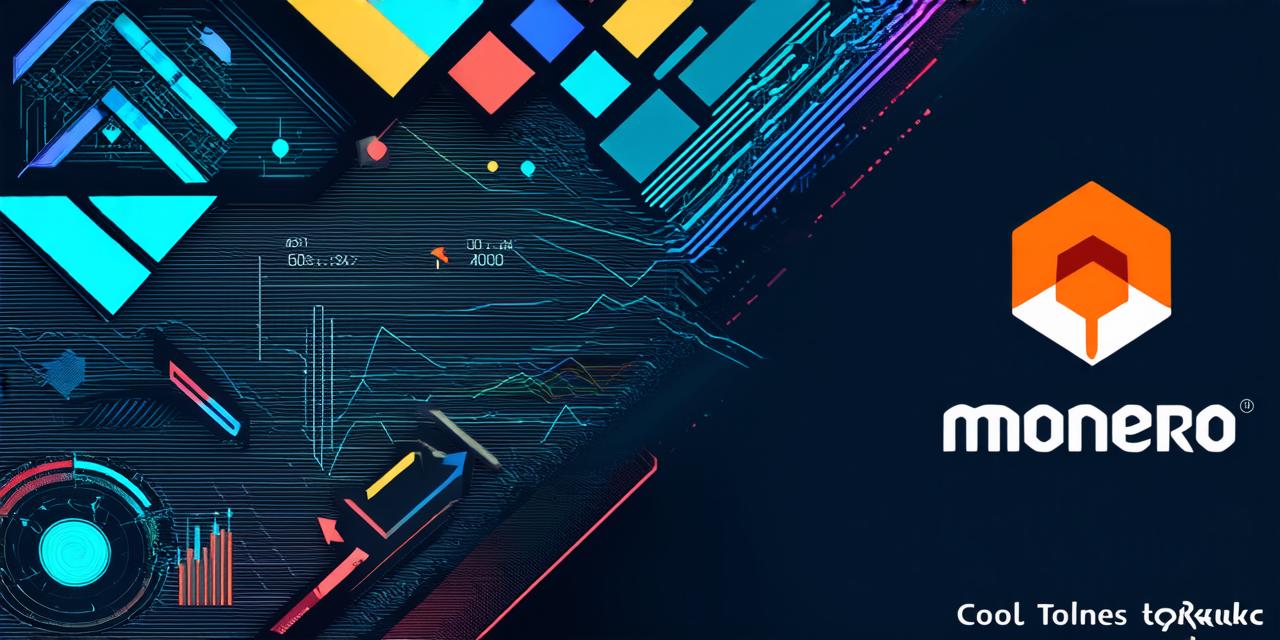Monero’s Blockchain Architecture: A Brief Overview
Monero’s blockchain architecture is designed to be highly secure and decentralized. It uses a consensus mechanism called “proof-of-work” (PoW) to validate transactions and add new blocks to the chain. PoW requires miners to solve complex mathematical problems to validate transactions, which makes it difficult for attackers to manipulate the network.
Unlike many other cryptocurrencies that store their blockchain on a centralized server, Monero’s blockchain is completely decentralized and distributed across thousands of nodes around the world. This means that there is no single point of failure in the network, making it highly resistant to attacks and censorship.
Another unique feature of Monero’s blockchain architecture is its use of “ring signatures.” Ring signatures are a type of cryptographic signature that allows multiple parties to sign a transaction without revealing their identities. This enables completely anonymous transactions in Monero, making it an ideal choice for those who wish to maintain their financial privacy.
The Benefits of Monero’s Blockchain Architecture
- Security and Decentralization: Monero’s decentralized architecture and use of proof-of-work consensus mechanism make it highly secure and resistant to attacks.
- Privacy: Monero’s ring signatures enable completely anonymous transactions, making it an ideal choice for those who wish to maintain their financial privacy. This feature has made Monero a popular choice for illegal activities such as money laundering and drug trafficking.
- Scalability: Monero’s blockchain architecture is designed to be highly scalable, with the ability to handle large volumes of transactions without degrading in performance. This makes it well-suited for use cases where privacy and security are critical, such as in e-commerce and online payments.
- Fungibility: Monero’s coins are fully fungible, meaning that they can be used interchangeably with one another. This enables the creation of complex financial instruments and derivatives without the need for intermediaries.
The Role of Mining in Monero’s Blockchain Architecture
Miners play a crucial role in Monero’s blockchain architecture by validating transactions and adding new blocks to the chain. In order to validate transactions, miners must solve complex mathematical problems using specialized hardware.
To incentivize miners to participate in the network, Monero offers a block reward for each block that is successfully added to the chain. The block reward is currently set at 2.06 ZEC per block, which translates to approximately $100 USD. In addition, miners can also earn transaction fees for validating transactions on the network.

The Future of Monero’s Blockchain Architecture
Monero’s blockchain architecture is constantly evolving and improving as the community continues to work on new features and improvements. Some of the key developments currently underway include:
- Tail Emission: Tail emission is a proposed change to Monero’s consensus mechanism that aims to reduce energy consumption and improve scalability. The new mechanism would eliminate the need for miners to solve complex mathematical problems, which would reduce energy consumption and make mining more accessible to smaller-scale miners.
- Scalability Improvements: Monero is currently working on several scalability improvements to the network, including sharding and off-chain scaling solutions. These changes aim to improve the network’s ability to handle large volumes of transactions without degrading in performance.
- Privacy Enhancements: The Monero community is also working on several privacy enhancements to the network, including zero-knowledge proofs and other advanced cryptographic techniques. These changes aim to further enhance the privacy and security of transactions on the network.
Summary
Monero’s blockchain architecture offers a unique combination of security, decentralization, privacy, scalability, and fungibility that sets it apart from other cryptocurrencies. The use of ring signatures enables completely anonymous transactions, making Monero an ideal choice for those who wish to maintain their financial privacy. As the network continues to evolve and improve, it is likely to become an even more popular choice for e-commerce, online payments, and other use cases where privacy and security are critical.
